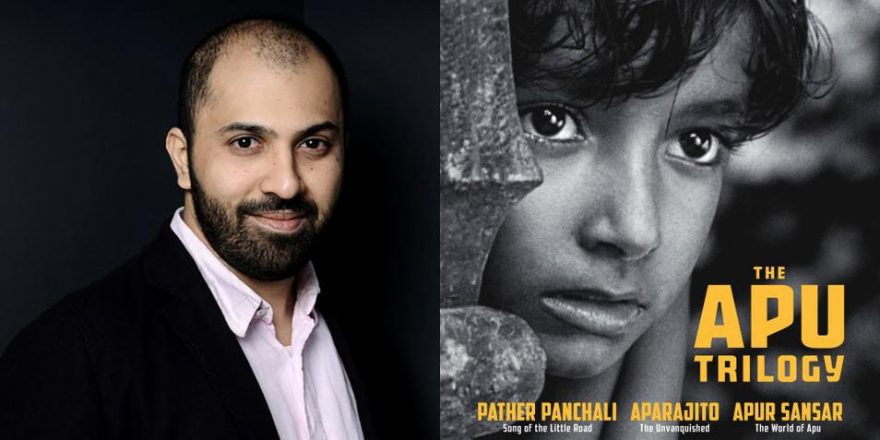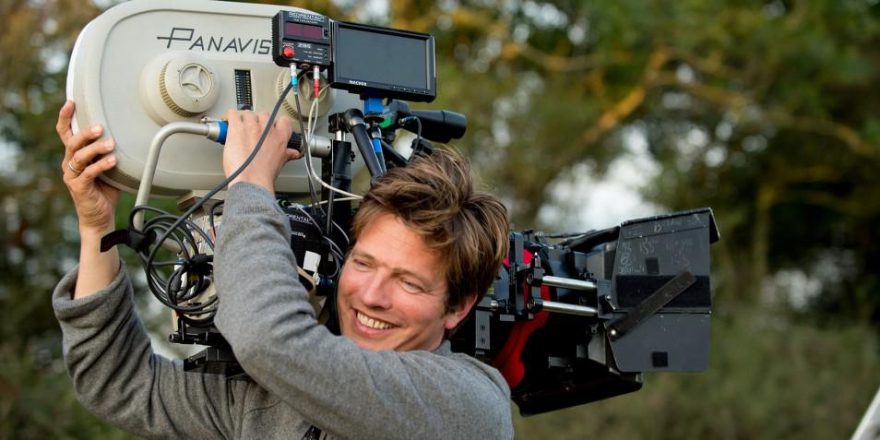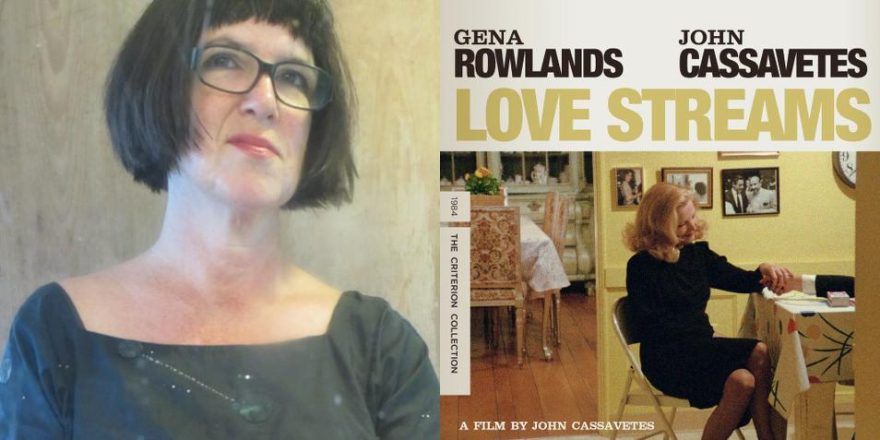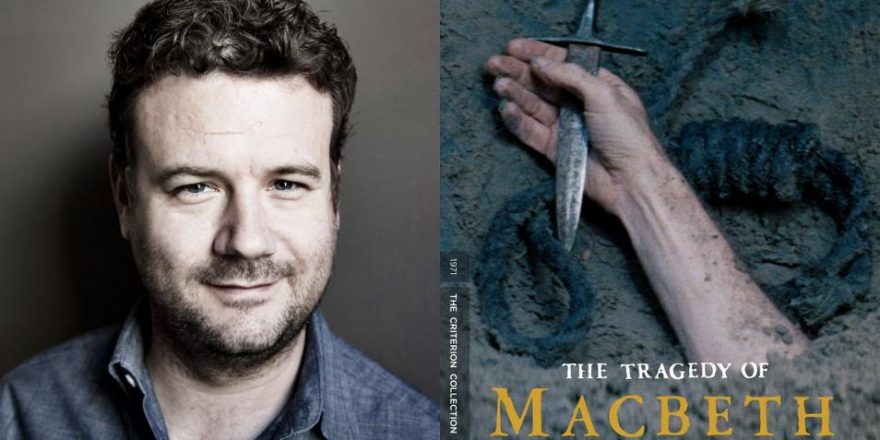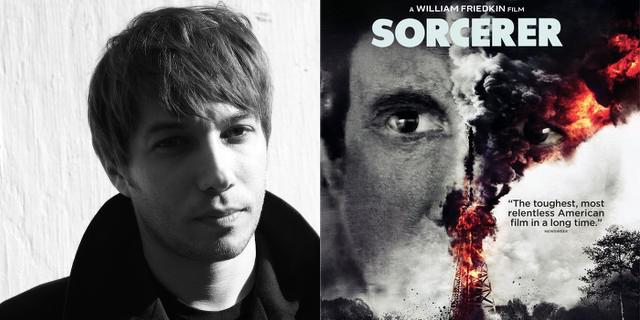I discovered Satyajit Ray in my late teens through a movie called The Big City, which is actually my favorite film of his, perhaps because it’s the first one I saw. After that, of course, I saw The Apu Trilogy and discovered the rest of his work. Having only previously seen big Bollywood and Hollywood movies, watching those films was a big revelation to me. Suddenly I saw something that was so true.
Ray is famous for incredibly long takes and patient setups, but his work is much more than an exercise in minimalism. His films taught me a lot about patience. The cinematic medium is so powerful, and there are so many tools available to tell a story; he shows you how to be judicious about the ones you use. In his work, every decision that’s made serves the characters and lets them take their time to go where they need to go next.
Watching the new 4K restoration of The Apu Trilogy, I could not help but think of how the folks at Criterion and the technicians must have felt, restoring these great films painstakingly, frame by frame. The most important works of a great master in your hands, the job of brushing up, or underlining, or — God forbid — rewriting a piece of cinema history.
I saw little things I had not noticed before, such as in Aparajito when Apu banters with the wrestler exercising on the riverbank with his heavy wood club, and then later when he goes back there to fetch water for his dying father — he glances at those wood clubs lying on the bank just as he rushes home with the water. In Ray’s hands, the story is like a train headed to its destination: we are all on it, but we get to look out the window and see the scenery as well, and make of it what we may, to bring our lives to that scenery. Instantly, you are confronted by not just the great tragedies of your own life, but the mundane as well, on the day they occurred. Who wrote the newspaper obituary when my grandfather died? Did it fit in the standard space you got for 100 rupees, or did it have to be edited down to avoid the 10 rupees-per-word over-limit charge? Who paid for it? My father? My uncle? Wait, my uncle did not even turn up. Movies like these make a small place within us, become a part of our being, a portal to other places within our own lives.
They are a portal that can take us backwards or forwards, sometimes to a place of our own choosing, but most often to the hidden recesses of memory — to things we may have chosen to forget. Can we blame Apu when he stops visiting his mother, coping with life in the city, all its alluring charms and struggles? He did miss that train on purpose and stay the extra day the last time he saw her. Was it enough? He could not have predicted she was going to pass that soon. Or could he?
A great writer wrote that life is a fine balance between hope and despair. In these stories of great despair after despair, there is a liberal sprinkling of hope and happenstance. In Apur Sansar, when Apu goes to a wedding as a guest and he ends up with a bride, his ambition takes a back seat, at least for a few years. Later, when his wife dies during childbirth, the great work of literature that he wanted to come up with is torn to shreds by his own hand; he abandons his newborn and becomes a vagabond. A chain of events set off by chance. And yet, Apu himself has narrated this journey to us in the very beginning of the film as he walks home along the railway tracks after a night out with his friend – it is the journey of the protagonist of his novel, who fails to produce a great literary work and comes to a great epiphany about life. It takes Apu years to come to that very same epiphany.
The same journey, already narrated to us, seems gut-wrenching and surprising when it actually unfolds, both in Apu’s life and in ours. This is life, young man: easy to write about, hard to live down. I have seen these movies many times, and have never seen them look so beautiful — beautiful as in looking just the way they were intended. The restorers can breathe easy now, a job well done. Now these works will be with us for posterity, or at least our version of posterity. Now on to the hard business of life; see you in the trenches, and at the movies.



